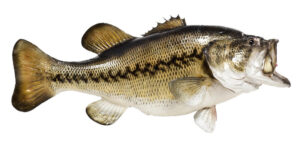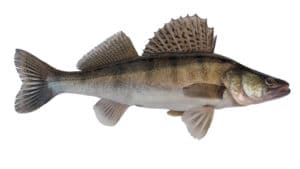Things You Need to Know About Drone Surf Fishing
Surfing is mainly a saltwater sport that has to do with casting a lure or bait into the surf while you are standing on the beach or physically entering the water. In most instances, the purpose is to cast as far into the water as required to reach the fish, which sometimes can be a great distance. There are times when the fisherman need to cover small or much of extra distance from the shore, like when seeing signals of fish feeding, a particular birds feeding or gyrating above the water, tidal effects, and other fishing reports.
However, this extra distance may be achievable or may not be achievable due to some of the following factors: roughness, shore position, space, depth of water, surf conditions and height, water temperatures, water current, surface wind speeds, Season, poor casting ability, and tide levels.
To surmount some of these factors and get that additional casting distance, a fisherman may try using longer fishing rods, a kayak or a drone. All of these techniques for extra casting distance have its own limitations and benefits; but, kayaking the bait or flying the bait with drone can get the longest distance from the shore. This article will focus on Drone surf fishing. The readers will be guided through the following steps, the required equipment, casting, risk, and benefits.

Required equipment
For drone fishing, you need a drone and accessories; we believed that you might have got the right fishing equipment before now, therefore items like reels, rods, and tackle will not be discussed in the article. Listed below are some of the most important equipment require for Drone surf fishing.
Drone and controller: There are a lot of drones in the market to choose from in terms of features, benefits, and cost. It is important to choose a drone appropriate for casting. Surf fishing requires flying tackle, baits or lures distance from the shoreline, and in many cases, there is heavy wind coming from the water. For this purpose drone that will be needed to handle the possible windy conditions and also have better payload capacity, therefore a small drone that fits in the palm will not do the job.
Phone or tablet: A lot of folks do not leave home without a tablet or phone anyway, but sadly for people that like to keep their phones at home while fishing, many drones require a tablet or phone to run an App together with the controller for flight. There are some drones that will work with an independent controller without an application, so choose the one that suits your personal needs.
Spare batteries: The battery life of a drone depends on a lot of factors that include drone type, camera usage, and weather conditions. Using a single battery can lead to a frustrating day of drone casting into the surf except your usual fishing tools includes a generator or a power inverter.
Drone battery pack. Flight times differ according to factors like cast distance, bait weights, and winds. It is suggested that you have several battery packs for a day of fishing.
Downrigger releases: As soon as the bait is flown out from a few distances from the shore, it is necessary to drop it from the drone into the water. There are many drop mechanisms available, and there are even some fishing drones now that come with remote drop built in.
Small screw driver: the mini-screws drivers are easy to use and, if downrigger tension releases are used, they will be used to alter the tension settings because different tackles and baits are drones cast into the surf.
Spare propellers: there are some ways that drone’s propeller can be damage. Spare propellers are not expensive and a lot of drones come with two spares as part of package deal. Good propellers are crucial for a balanced flight, particularly when the drones are carrying payloads involved with casting. Accidents happen, and without spare parts, it can be a short day casting with your drone.
Backpack: The drone and all accessories seem like a lot of equipment, but, all can be contained in backpacks. These packs are very convenient and can make drone casting package very portable. The portability benefit is very useful when fishing equipment needs to be transported on foot a short distance from the designated parking area.
Drone Casting
As soon as your drone is rigged up to take and drop a payload (bait, line, and tackle), it is time to hit the surf and begin drone casting. The first thing is to get the needed fishing rod in a rod holder while the drone is still on the nearby ground. Next is to use the favorite bait or lure, open the reel bail for a spinning reel, then take the baited tackle over to the drone and snap the fishing line into the downrigger release.
The Risk Involved
Drone casting, usage, or fishing is not free of risks. It is important to operate a drone in the safest way possible, not only to protect your hard-earned money, but also to prevent property damage personal injury, or fines from the authority. Climate condition: strong winds, lightning, rain, and another climatic phenomenon can cause damage or loss to a drone. Most drones are not waterproof, and many of them cannot fly with the wind above 25 miles per hour. Of course, you should not be fishing in lightning.
The benefits of drone fishing
The major benefits of drone surf fishing are to get your fishing line into the water that is far beyond your reach, without using a kayak. This is really useful for people who do not have kayaks at all; as they usually fish close to the coastline. For these folks, drone fishing can significantly improve yields and provide high-tech mid-air support.
The drone has help surf fishermen get their bait out to the desired honey hole; this was the problem that has plagued surf fishermen for generations.
A drone can cover more water looking for fish and surf fishing anglers now have the ability to explore the water they would have never seen before.

